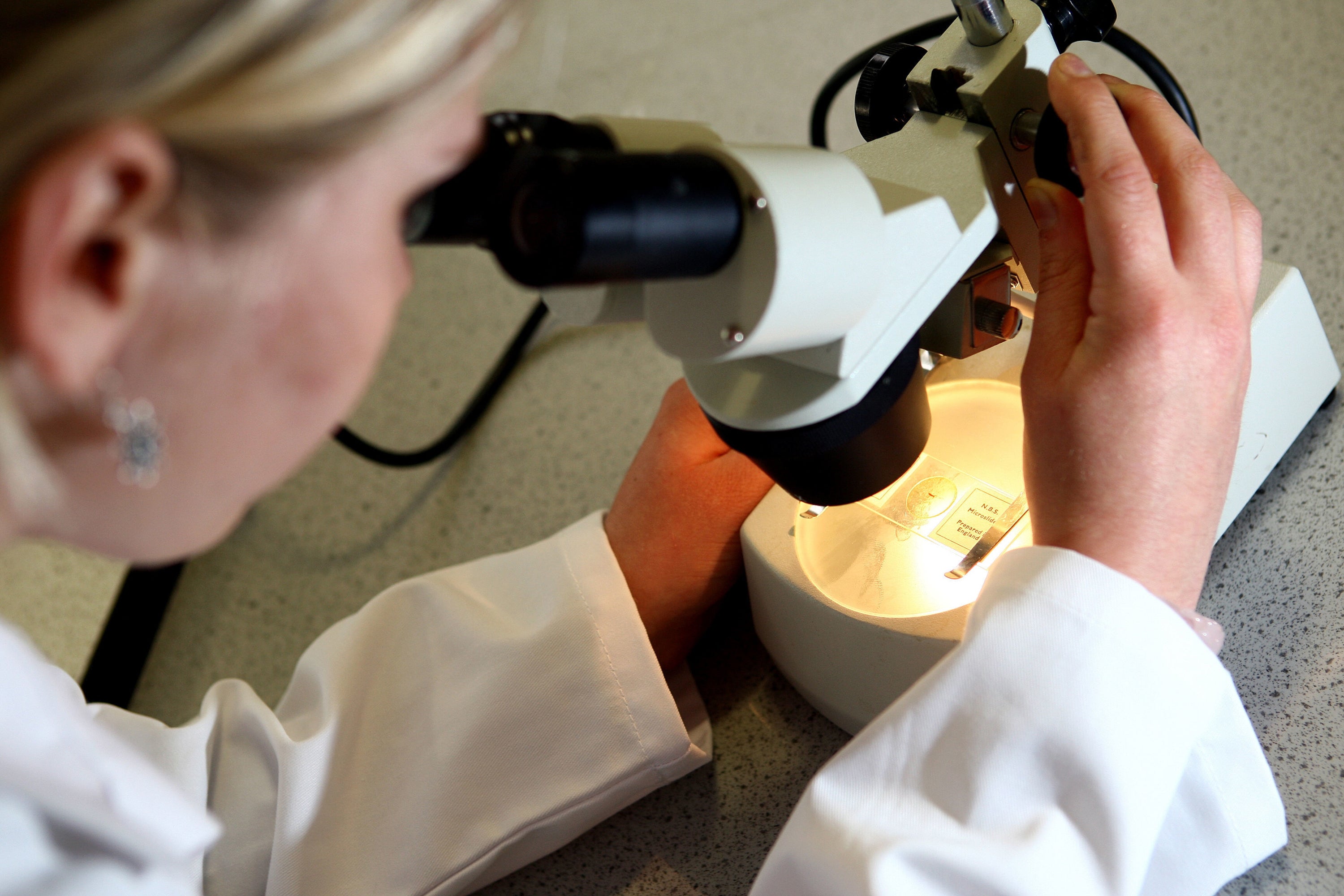Netflix-style algorithm could help guide cancer treatments, study suggests
It is hoped that one day doctors will be able to look at a patient’s fully sequenced tumour and offer more personalised cancer treatment.

The science behind Netflix viewing habits could soon be used to guide doctors in managing cancer, scientists suggest.
Researchers used artificial intelligence (AI) to investigate and categorise the size and scale of changes in the DNA across the genome – a cell’s complete genetic code – when cancer starts and grows.
Using this data they identified 21 common faults that occur when the disease starts and grows.
These faults, called copy number signatures, could help guide doctors to treatments that reflect the characteristics of the tumour, researchers suggest.
Just as Netflix can predict which shows you’ll choose to binge watch next, we believe that we will be able to predict how your cancer is likely to behave, based on the changes its genome has previously experienced
It is hoped that one day doctors will be able to look at a patient’s fully sequenced tumour and match its key features against the blueprint for genomic faults, and offer more personalised cancer treatment.
When people watch Netflix, data is generated about the type of programme or film watched, how frequently they are watched and whether a thumbs up or thumbs down is given.
An algorithm is used to analyse this massive amount of data, find patterns and then recommend new films and TV series next time.
A team of researchers led by Dr Nischalan Pillay at University College London (UCL) and Dr Ludmil Alexandrov at the University of California, San Diego (UC San Diego), built a similar algorithm.
It can sift through thousands of lines of genomic data and pick out common patterns in how the chromosomes organise and arrange themselves.
According to Cancer Research UK and Cancer Grand Challenges-funded scientists, the algorithm can then categorise the patterns that emerge and help scientists establish the types of faults that can occur in cancer.
Dr Alexandrov, co-lead author of the study, said: “Cancer is a complex disease, but we’ve demonstrated that there are remarkable similarities in the changes to chromosomes that happen when it starts and how it grows.
“Just as Netflix can predict which shows you’ll choose to binge watch next, we believe that we will be able to predict how your cancer is likely to behave, based on the changes its genome has previously experienced.
“We want to get to the point where doctors can look at a patient’s fully sequenced tumour and match the key features of the tumour against our blueprint for genomic faults.
“Armed with that information, we believe that doctors will be able to offer better and more personalised cancer treatment in the future.”
Using the algorithm, the scientists looked for patterns in the fully sequenced genomes from 9,873 patients with 33 different types of cancer and identified 21 common faults.
These will now be used to create a blueprint researchers can use to assess how aggressive the cancer will be, find its weak spots and design new treatments for it.
Of the 21 signatures identified by the algorithm, the scientists found that tumours where the chromosomes have shattered and reformed were associated with the worst survival outcomes.
The scientists hope they will be able to refine the algorithm to enable doctors to find out how someone’s cancer is likely to behave, based on the genetic traits it acquired when it started and the genetic changes it picks up as it grows.
Dr Pillay, said: “To stay one step ahead of cancer, we need to anticipate how it adapts and changes.
“Mutations are the key drivers of cancer, but a lot of our understanding is focused on changes to individual genes in cancer.
“We’ve been missing the bigger picture of how vast swathes of genes can be copied, moved around or deleted without catastrophic consequences for the tumour.
“Understanding how these events arise will help us regain an advantage over cancer.
“Thanks to advances in genome sequencing, we can now see these changes play out across different cancer types and figure out how to respond effectively to them.”
The software called SigProfilerExtractor and other software tools used in the study have been made freely available to other scientists.
Dr Christopher Steele, postdoctoral researcher at UCL and first author of the research, added: “We believe that making these powerful computing tools free to other scientists will accelerate progress towards a personalised cancer blueprint for patients, giving them the best chances of survival.”
The findings are published in Nature.
Bookmark popover
Removed from bookmarks